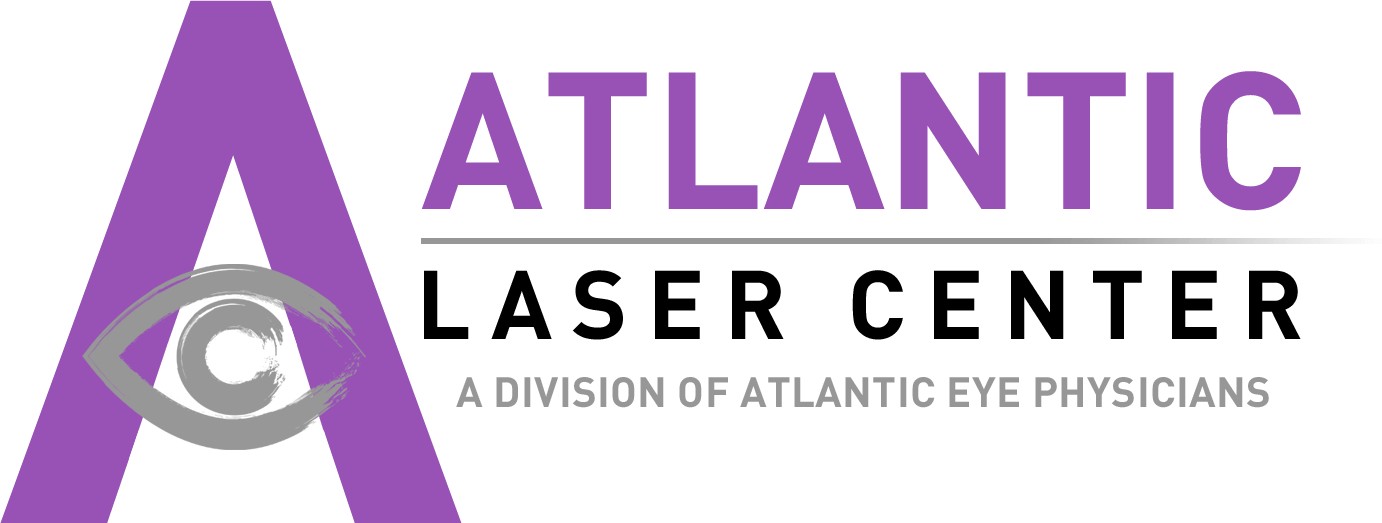Are There Vision Correction Options Besides LASIK?

If you have glasses, you have no doubt thought about options that don’t include wearing them. If you have done any kind of research on vision surgery, there is no question that you have at least heard of LASIK.
This is because LASIK is incredibly popular, and for good reason. The procedure is safe, the results are predictable, and the benefits you get from it are fantastic.
To receive LASIK, you need to be a good candidate for the procedure. This means that you need to qualify.
There are several factors taken into consideration. These include things like your medical history, your age, and the current status of your vision.
You can find out if you are a good candidate at a LASIK consultation with Atlantic Laser Eye in Little Silver, NJ. If you are not a good fit for LASIK for one reason or another, then other options may be available to you.
Keep reading to learn about other vision correction procedures available besides LASIK!
Photorefractive Keratectomy
PRK is a refractive surgery that is a lot like LASIK. Both of the surgeries correct vision by altering the natural shape of the cornea. Misshapen corneas are generally what cause nearsightedness, farsightedness, and astigmatism.
During photorefractive keratectomy and any refractive surgery, your eyes will be numbed with a localized anesthetic. This will make the surgery painless.
After your eyes are numb, the surgeon will use a femtosecond laser to cut a small hole in the top layer of your cornea. The reshaping of the cornea occurs in the second layer of the cornea.
The second layer of the cornea is the thickest layer. This is done by removing tissue in very specific spots on the cornea.
This is possible because of calculations using powerful corneal imaging technology. An excimer laser will effortlessly remove the tissue with inhuman precision.
The difference between PRK and LASIK may seem like a small one, but it is nonetheless very important. Rather than remove the top layer of tissue, surgeons performing LASIK leave the tissue connected.
This tissue is then turned into a flap. At the end of the surgery, the flap can be closed right back over the open section of the cornea. Leaving this flap reduces the amount of time it takes to recover from the procedure.
The tissue simply needs to reconnect rather than completely grow back. It also reduces the chance of infection.
But complications with the flap such as tearing can cause problems if you are not careful during LASIK recovery. PRK is a perfect fit for patients that are missing out on LASIK candidacy due to thin corneas.
Refractive Lens Exchange
In some cases, operating on the cornea may not be the right answer. Surgeons will instead look to fix the lenses of the eyes.
By removing the lens and replacing it with an artificial intraocular lens (IOL), you may actually be able to achieve LASIK levels of vision.
RLE is generally not preferable to people who are eligible for LASIK. RLE is common for people suffering from presbyopia.
Presbyopia occurs as a result of aging when the lens of the eye becomes rigid and loses elasticity.
Tired of glasses and contacts but not sure which refractive surgery may be right for you? Schedule an appointment at Atlantic Laser Center in Little Silver, NJ now!


